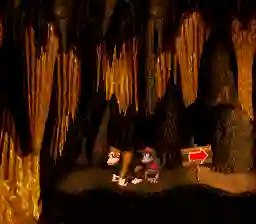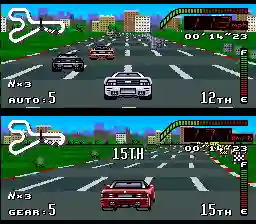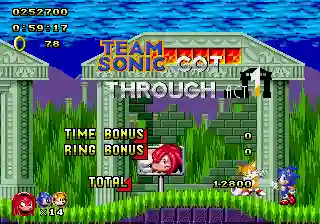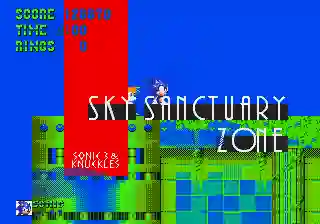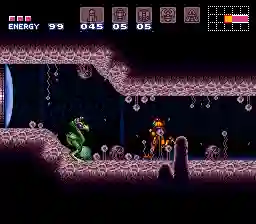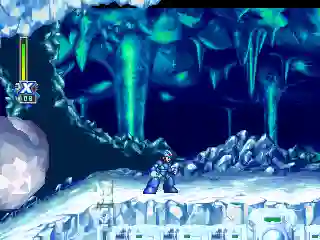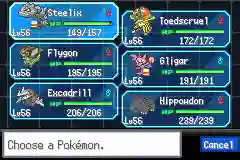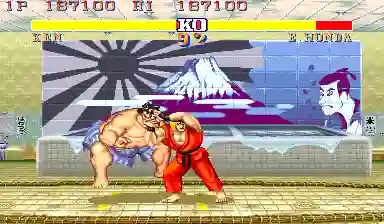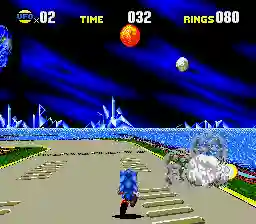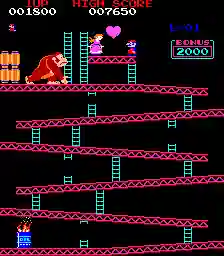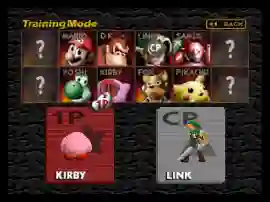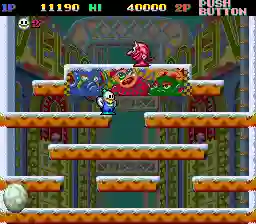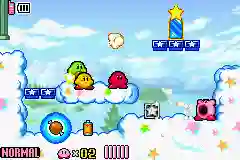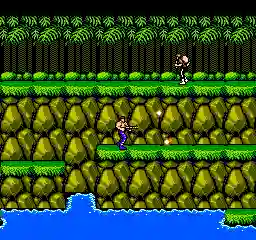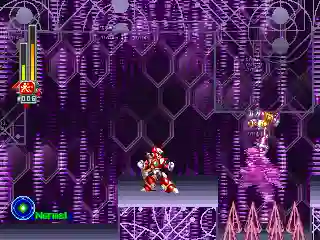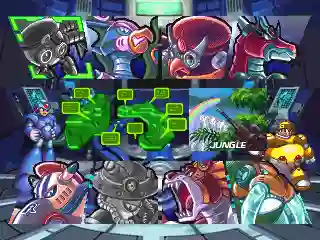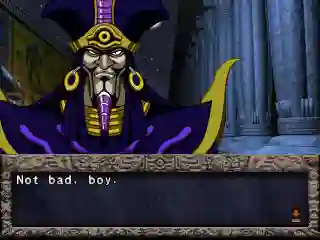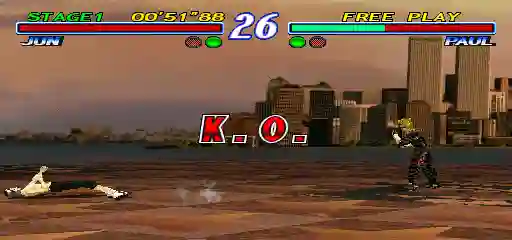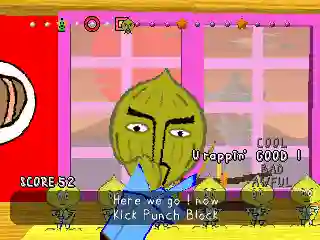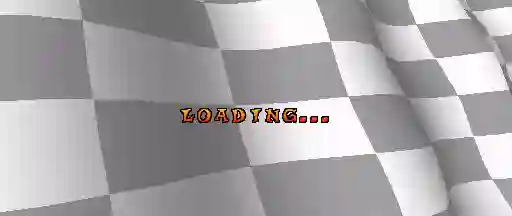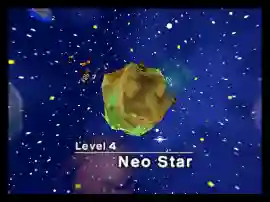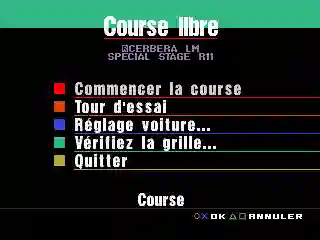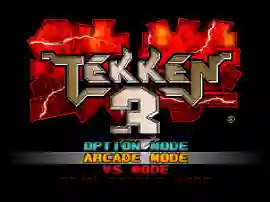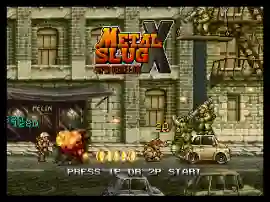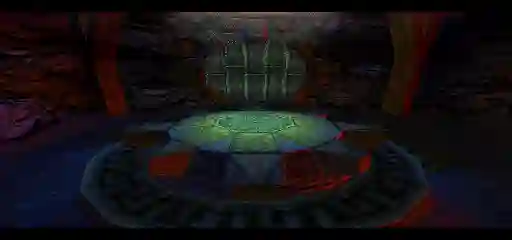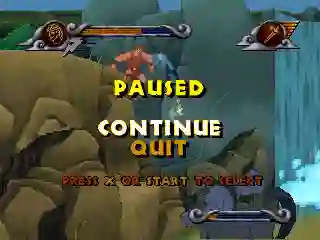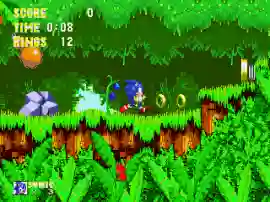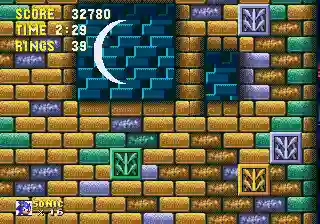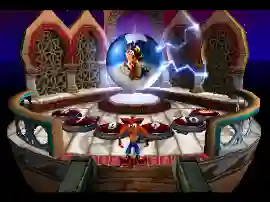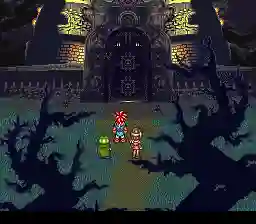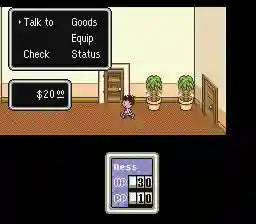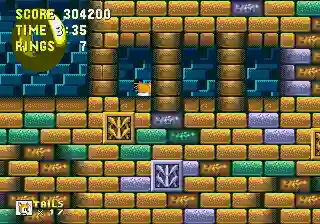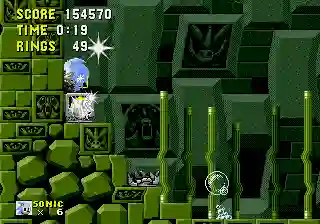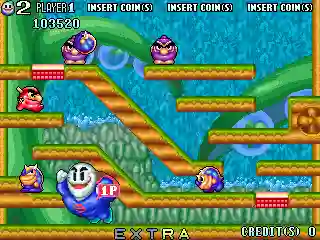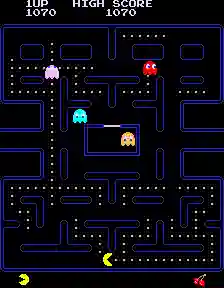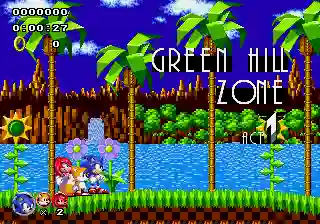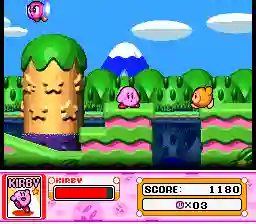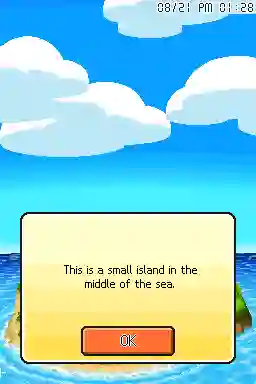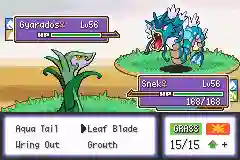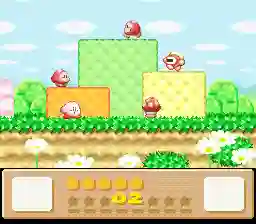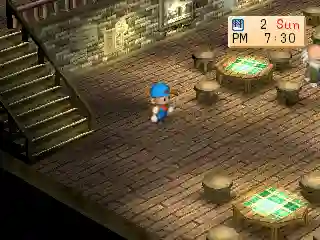Contra (USA)
What is Contra (USA)?
Contra (USA) is a legendary NES run and gun shooter that defined the co-op action genre. Originally released in 1988, this classic arcade-style game follows commandos Bill Rizer and Lance Bean as they battle alien forces in a jungle-filled adventure.
- Classic Run and Gun GameplayExperience fast-paced shooting action with memorable side-scrolling stages inspired by classic action movies
- Iconic Co-op MultiplayerJoin forces with a friend in legendary two-player cooperative mode that defined NES multiplayer experiences
- Retro Sci-Fi SettingBattle through alien-infested jungles and military bases in a timeless 80s action movie aesthetic

Why choose Contra (USA)?
Contra remains the gold standard for NES action games with its perfect blend of challenge and pure fun. This timeless classic delivers an adrenaline-fueled experience that still captivates gamers decades after its release.
- Nostalgic ChallengeRediscover the satisfying difficulty that made beating Contra an achievement every gamer wanted
- Pure Retro ActionEnjoy unfiltered arcade-style shooting with no modern hand-holding, just pure classic gaming action
- Historical Gaming TreasurePlay the game that influenced generations of run and gun shooters and defined NES multiplayer
How to play Contra (USA)?
Master the classic NES controls to battle through alien forces as commandos Bill and Lance in this iconic run and gun adventure.
Frequently Asked Questions
Common questions about Contra (USA)

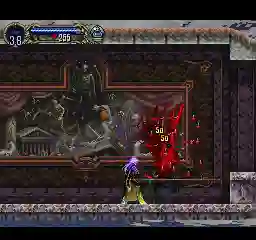
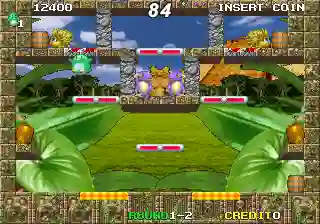
![The King of Fighters 2002 Super (bootleg) [Bootleg]](https://res.retrogames.my/game-thumbnail/the-king-of-fighters-2002-super-bootleg-bootleg-thumbnail.webp)
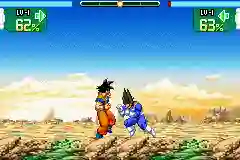
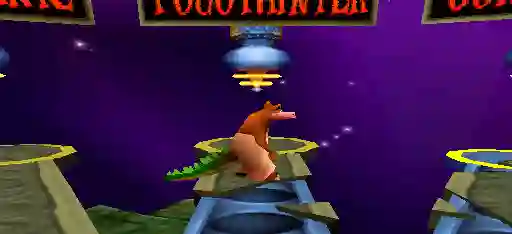
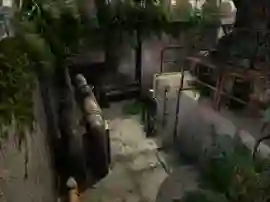
![Street Fighter II' - Champion Edition (YYC bootleg set 2, 920313 etc) [Bootleg]](https://res.retrogames.my/game-thumbnail/street-fighter-ii-champion-edition-yyc-bootleg-set-2-920313-etc-bootleg-thumbnail.webp)

